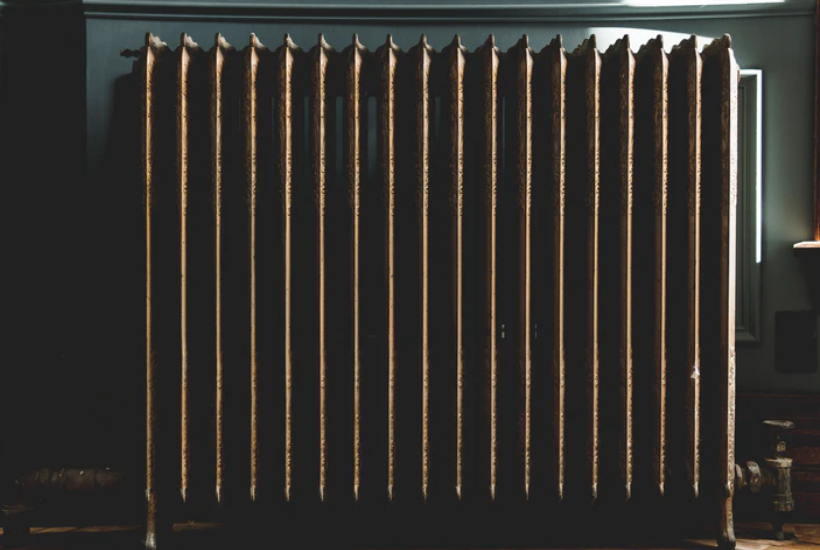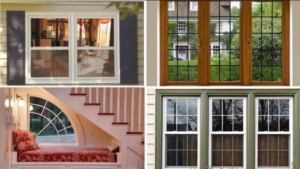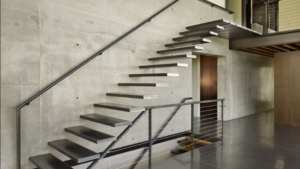Radiators are one of those items that only gets purchased once in a blue moon. While we’re reliant on them to keep homes warm and work effortlessly for years at a time, when it comes to buying a new radiator, there are pitfalls we can all encounter if we don’t do our research.
But where does one start if they’re in the market for a new radiator? That’s what this article is hopefully here to help address. I want to show you some of the things to look out for when buying a new radiator and how to get a better deal when shopping around.
If you follow these suggestions, you could see yourself getting a good deal on some new radiators.
Know the Right Size
I want to start by discussing radiator size as I believe it is the most misunderstood aspect in the buying process. While it is important to get a radiator which matches the pipe centre (that’s the distance between your pipes) when buying a new one, you don’t necessarily have to get a radiator that is the exact same size.
If you’ve ever wondered why different rooms in your home have different radiator sizes, or even why you would have different radiators in the same room, it is due to the heating requirements for that space. Radiators work off of BTU, a measurement of how much heat is needed for a room to get around 20°C. It’s not set in stone, but the measurement helps you know what size of radiator to get. When buying a new radiator, if you already know the make and model of the old one, you can look up its BTU requirements and find radiators which fit the bill. This can then help you narrow down a vast selection to find one you deem to be the most appropriate size.
Look Online First
Like most things these days, shopping online can see you get a better deal, and that’s happening in the world of radiators. In the past, brands would have to sell through big outlet DIY stores, but now they can sell directly to the customers.
Cutting out the middle man can see some radiator prices go way down. Just look at some examples from Trade Radiators here. The UK based online store doesn’t have any physical stores, which affords them the chance to sell radiators at a competitive price that big-name stores can’t keep up with.
Factor in Installation Costs
Fitting a new radiator isn’t the same as getting a new TV hooked up or fiddling about with a flat-pack wardrobe. Unless you’re a whizz with a spanner and know your way around pipework, you’re going to need someone’s help to get a new radiator hung on the wall and installed correctly.
The price will vary depending on the following factors:
- Radiator size
- Heating system you’re using
- Location
- Radiator type
For example, it is cheaper for someone to install a freestanding cast-iron radiator compared to a vertical towel rail.
Now prices will also vary based on who you get to do the installation. Let’s say you have one radiator for your living room you need installing. A sole trader may charge somewhere between £60-£100 for the job as it can take a good hour to get everything disconnected, off and on again. If you had the whole house to do and went with a company, (let’s say eight radiators in all) you’d be looking at least £100 per hour of work.
Make a few calls, and direct message local plumbers on Facebook to see how much they charge. If you get a good rapport going, you’ll be able to haggle on the price.
Check What the Radiator is Made Of
Did you know that radiators are all made from different materials? It’s actually the leading cost factor for manufacturers as different materials have to be treated differently so they can be shaped and pressure pressed into place.
The most common material for radiators is plain old steel. It is a cheap material to use, has a good lifespan and heats up effectively. Aluminium is the other primary material but is much more expensive as it takes more work to create a solid frame out of. Of course, there’s also cast-iron which can be expensive due to the intense work involved, but it has unbeatable heat retention.
If you were working within a strict budget, look for radiators made from mild (not stainless) steel, as they will always be the cheapest option.
Paint it yourself
While white is the most popular radiator colour (also referred to as finish) out there, many radiators now come with the chance to get a custom paint job carried out. This means you can have anything from a yellow towel rail to a neon green cast iron radiator. It can leave you with a fantastic looking radiator, but because the paint job would be done professionally, it will ramp up the cost. That’s why you should know all about primer.
Any good radiator store should allow you the chance to buy a radiator with just the primer applied. This is the base coating used to protect the bare radiator before it gets painted. If you ask for a primed radiator without paint, it should be cheaper. You can then do the job yourself at home as long as you use that paint for metal surfaces which is heat resistant and solvent-based. If you used the leftover paint from furniture or walls, it might lead to blistering or chipping due to temperature changes.
Now to get shopping!
I hope you found this article useful. Remember that if you’re looking for any tips on making any changes around the home, check out the home improvement section of the website.
Latest posts by Nirupama Verma (see all)
- What is Corporate Gifting and Why is It Important? - November 8, 2023
- Top 5 Benefits of Synthetic Liquids That You Did Not Know - December 24, 2022
- Pin up Review - September 23, 2022





One thought on “Tips to Get a Better Deal on a New Radiator”